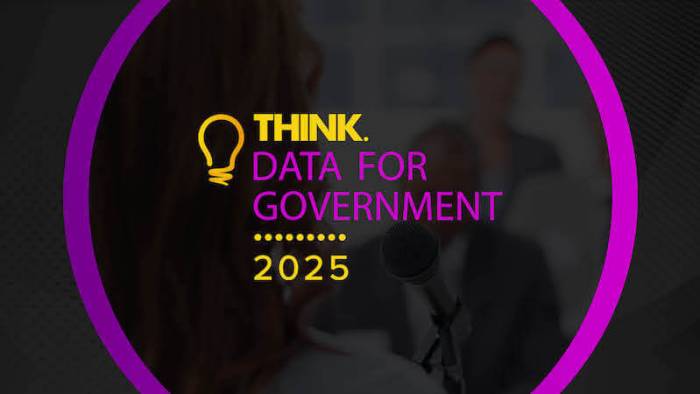The UK’s artificial intelligence (AI) workforce is not confined to tech hubs and software developers, according to new jobs analysis from upskilling platform Multiverse. Instead, it claims an “invisible” AI workforce of nurses, librarians, surveyors, and doctors spread across the country are powering the UK’s burgeoning AI revolution.

Twelve million people in the UK are in ‘high-risk’ occupations projected to decline in the next ten years due to technological change, according to the National Foundation for Educational Research.
The analysis of more than 2,500 people on Multiverse’s AI apprenticeship programmes reveals that over two-thirds (67 percent) are in non-tech roles – roles whose job titles don’t include keywords related to tech, data and AI. Instead, among the 50 most common ‘invisible’ roles are frontline public service, education, healthcare and construction roles, including nurses, doctors, librarians, pharmacists, therapists, lecturers and surveyors.
Underlining this, the industries with the highest density of AI apprentices outside of those classified by the ONS as ‘digital industries’ are Financial Services, Government Administration, Hospital & Healthcare, Higher Education, and Construction.
“Clinicians and council workers are just as integral to driving AI adoption as software engineers and data analysts. They are the ones finding practical ways to apply this technology to real-world problems, yet they’re often a second order consideration,” said Euan Blair, founder and CEO of Multiverse.
“The UK has all the ingredients to become the original AI-first nation, but we can’t get there by restricting AI use to the tech department. Meaningful progress will only come from upskilling everyone.”
If you liked this content…
Democratisation of AI skills
The analysis also maps the UK’s emerging AI hotspots, finding that while London remains a major centre, significant talent clusters are growing nationwide. The districts with the most AI apprentices outside the capital include Trafford, Cheshire West and Chester, Leeds, and Birmingham. This geographic spread points to a democratisation of AI skills that is empowering regional economies.
Meanwhile, the top London borough for AI apprentice talent is Croydon, followed by Tower Hamlets, Lewisham and Wandsworth.
The UK’s emerging AI workforce is also made up of a diverse mix of ages and genders. The gender split is nearly even, with 45 percent of AI apprentices identifying as female and 54 percent male – compared to the 22 percent of women working in AI roles in the UK as a whole. The age range also spans from 19 to 71. This points to how workers at every career stage are embracing AI, from early talent to experienced workers seizing the opportunity to reskill.
Anna Lazcano, a nurse at Barts Health NHS Trust, is building an AI solution that can interpret communications from intubated and tracheostomy patients using gesture tracking and speech-to-text technology. She said: “Effective AI solutions in healthcare have to be driven by frontline clinical needs. My experience in critical care means I understand the requirements of my patients — and now AI skills have essentially given me a new clinical tool to address their needs.”
Stephen Mansfield, a fundraiser at Mencap, has built an AI assistant that surfaces relevant information to respond to the 7,000 annual queries received to its Wills and Trusts information service, vastly speeding up the pace of response. He said: “I never thought I’d be building AI tools within my charity role, but I’m now using AI to improve the services we offer to people with a learning disability and their support networks. It’s opened up a new dimension to my career and is delivering real efficiencies for the organisation, meaning that we can reach more people with our service.”








